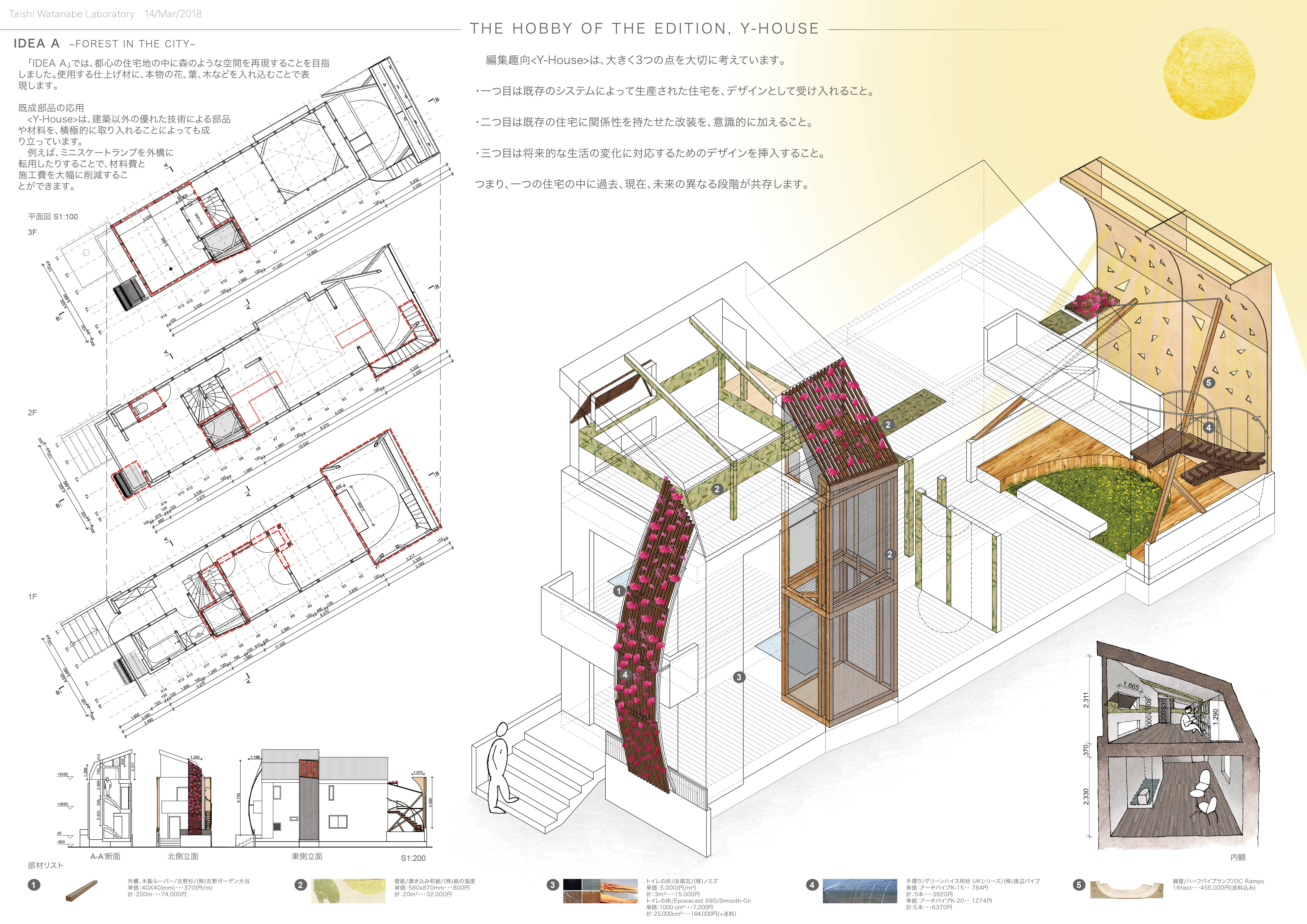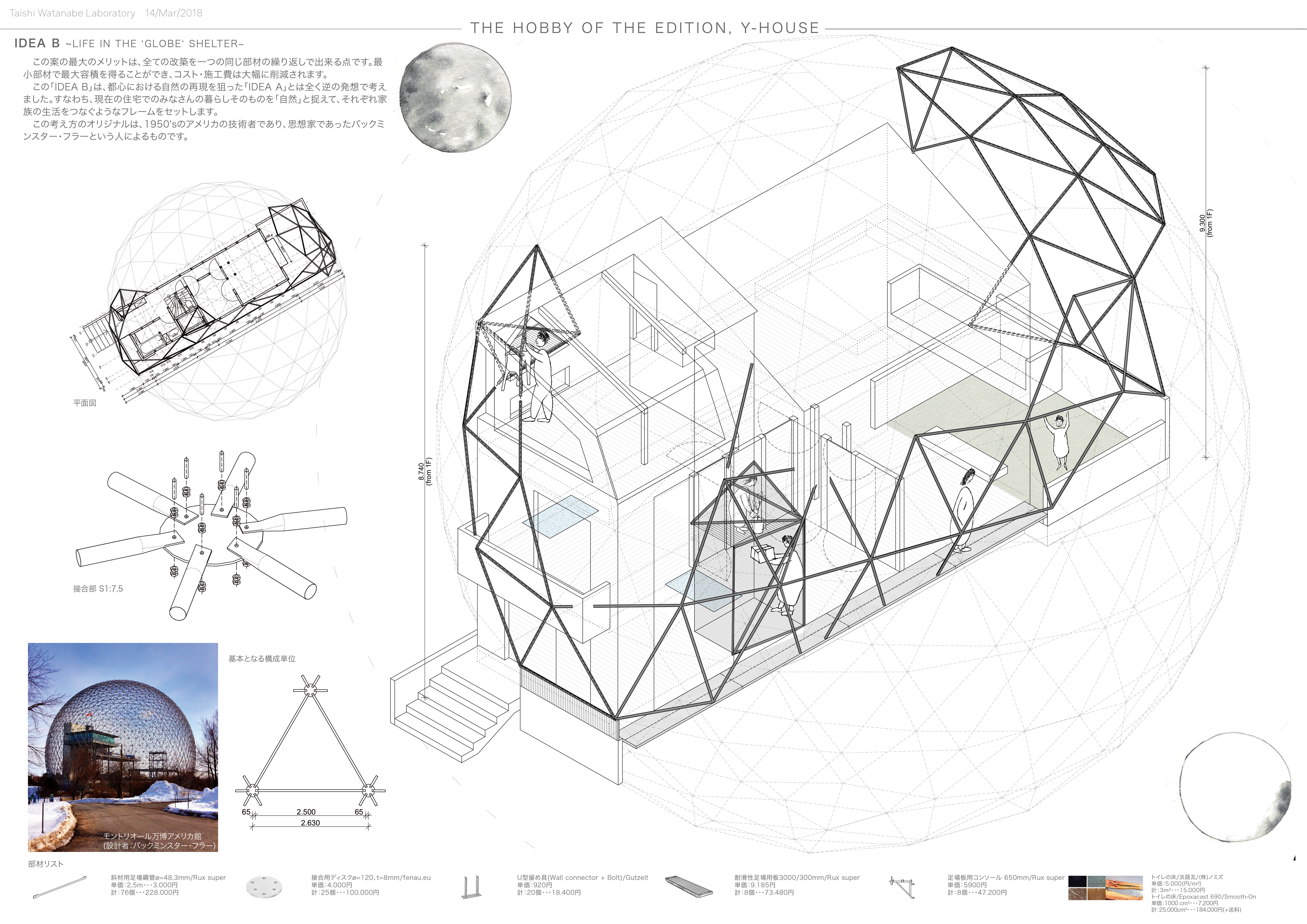2018/02/06 引き出しプロジェクト#4「編集趣向シリーズ」Y-House ②
Hobby of the edition
The Hobby of the Edition is a series of architectural interventions. Each edition covers the refurbishment of a small-scale dwelling in Tokyo.
In Japan refurbishment is a virginal field, as the prevalent practice is to demolish and rebuild. This can be recognized throughout a wide angle in Japanese society. From rebuilding residential houses to the reconstruction of Ise-shrine every 20 years this method is executed almost ritually.
However, the last 30 years brought changes to Japanese economy as well as to Japanese society. With the bursting bubble economy in the late 1980ies the relation to monetary values began to shift gradually.
Together with other contemporary issues, such as an aging and declining population the principle of refurbishment receives a novel position. The Hobby of the Edition has a pioneering role in this field.
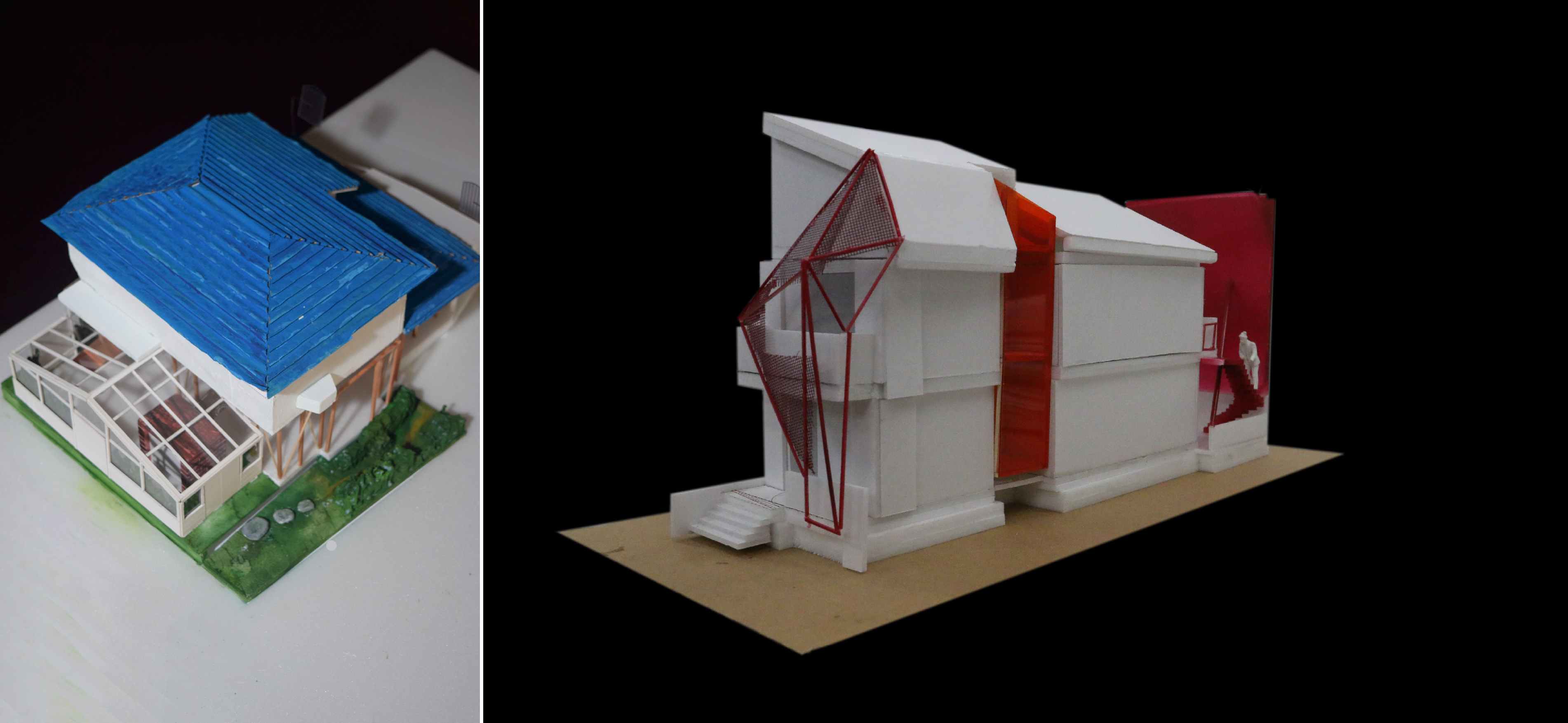
Hobby of the Edition pt. 2, the Y-House emphasizes three architectural phases. First, we accept the system of prefabricated housing as design (even though without a certain designer). Second, we add the refurbishment in conscious correlation to the existing building. Third, we provide a scope and suggestions for future interventions. In short, that means we accentuate the past, the present and the future of a single edifice.
radicalism towards radicalism
One of the concepts for the Y-House is to juxtapose the former pure functional system of mass produced housing in postwar Japan with an embracing dome structure after the ideas of Richard Buckminster Fuller. In the 1970ies he promoted the individualization and mobilization of living in the United States and therefore developed some radical shaped houses (dymaxion works).
The combination of these two principles causes a tense composition, which underlines the above-mentioned concept of the three phases.
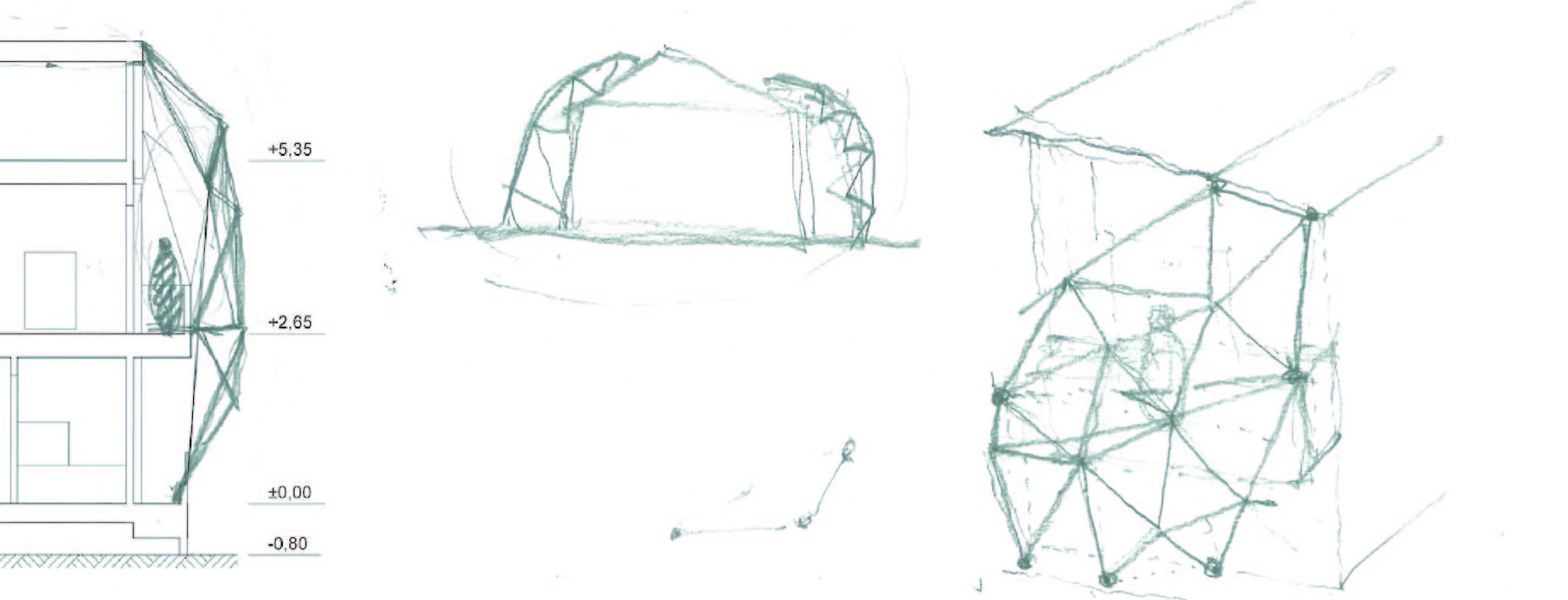
Application of ready-made components
A slightly differing design concept for the Y-House consists of the idea to apply components which are usually not considered with architectural production. We translate this idea by flipping a mini-skate ramp a quarter circle and give it a meaningful architectural expression.
Besides the iconic appearance we decrease costs for material and labor significantly and fulfill the request for a decent spatial quality by the condition of a small budget.
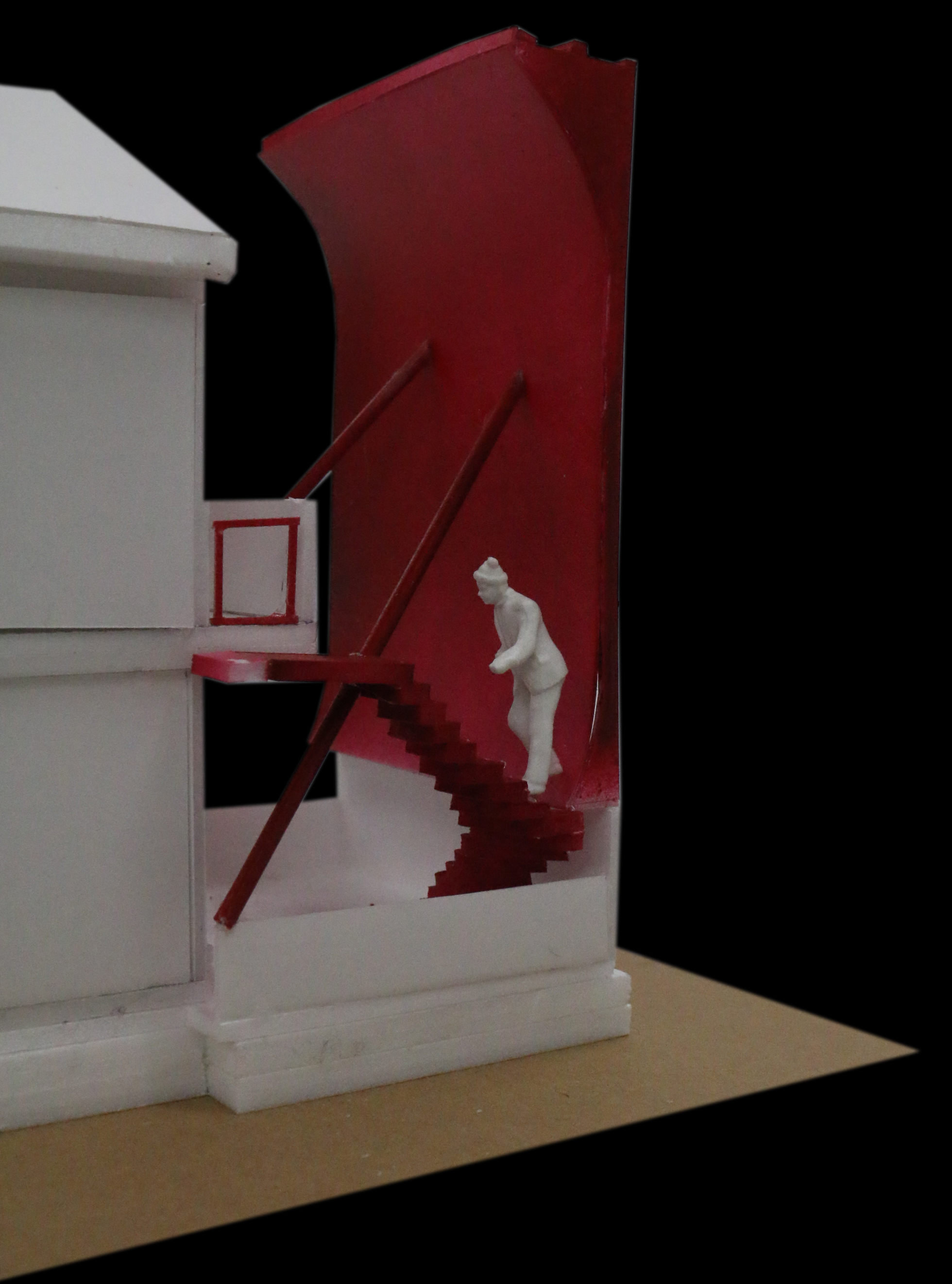
Lorenz, 06 Feb. 2018
